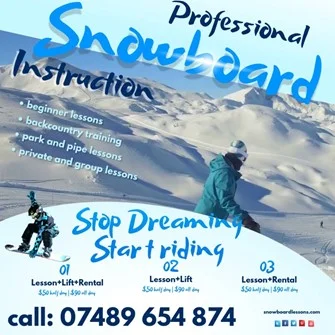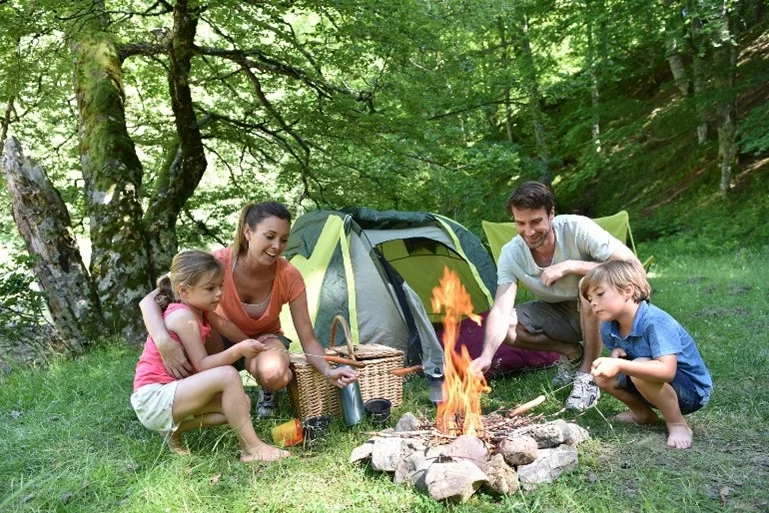Task 1
Imagine that you are preparing a project with your friend. You have found some interesting material for the presentation and you want to read this text to your friend. You have 1.5 minutes to read the text silently, then be ready to read it out aloud. You will not have more than 1.5 minutes to read it.
It’s almost impossible to imagine the world today without huge cities, but for thousands of years of human history that’s exactly how it was. Most people lived in small family groups or rural communities farming the land and raising animals to meet their own needs. In fact, since ancient human civilisations began, billions of people around the world lived and died without ever having seen or lived in a city. Of course, there were large cities in ancient times, such as Rome and Athens, but these cities were the exception rather than the rule.
This all changed about 250 years ago with the arrival of the industrial age. New, improved farming methods and farm machinery meant that fewer people were needed to grow and produce larger amounts of food. In the cities, new inventions, such as the steam engine and the knitting mill, created new jobs for many people. Less work in rural areas caused people to flood into cities looking for work and new opportunities.
Task 2
Study the advertisement.
Fancy a new life challenge?

You are considering taking private snowboard lessons offered by one of the best snowboard schools and now you’d like to get more information. In 1.5 minutes you are to ask four direct questions to find out about the following:
- lesson duration
- snowboard package rentals
- instructor qualifications
- price
You have 20 seconds to ask each question.
Task 3
You are going to give an interview. You have to answer five questions. Give full answers to the questions (2–3 sentences). Remember that you have 40 seconds to answer each question.
Tapescript for Task 3
Interviewer: Hello everybody! It’s Teenagers Round the World Channel. Our guest today is a teenager from Russia and we are going to discuss shopping for clothes and footwear. We’d like to know our guest’s point of view on this issue. Please answer five questions. So, let’s get started.
Interviewer: Do you buy most of your clothes and footwear online? Why or why not?
Student: _________________________
Interviewer: Who is your favourite shopping companion when it comes to buying clothes and shoes, or do you enjoy shopping alone? Why?
Student: _________________________
Interviewer: What do you consider when choosing clothes or shoes to buy?
Student: _________________________
Interviewer: Do you ever go to second-hand shops to buy clothes? Why or why not?
Student: _________________________
Interviewer: What’s your most recent clothing or shoe purchase, and why did you choose it?
Student: _________________________
Interviewer: Thank you very much for your interview.
Task 4
Imagine that you and your friend are doing a school project “Family outing ideas”. You have found some photos to illustrate it but for technical reasons you cannot send them now. Leave a voice message to your friend explaining your choice of the photos and sharing some ideas about the project. In 2.5 minutes be ready to:
- explain the choice of the illustrations for the project by briefly describing them and noting the differences;
- mention the advantages (1–2) of the two activities;
- mention the disadvantages (1–2) of the two activities;
- express your opinion on the subject of the project – which of the family outings presented in the pictures you’d prefer and why.
You will speak for not more than 3 minutes (12–15 sentences). You have to talk continuously.

